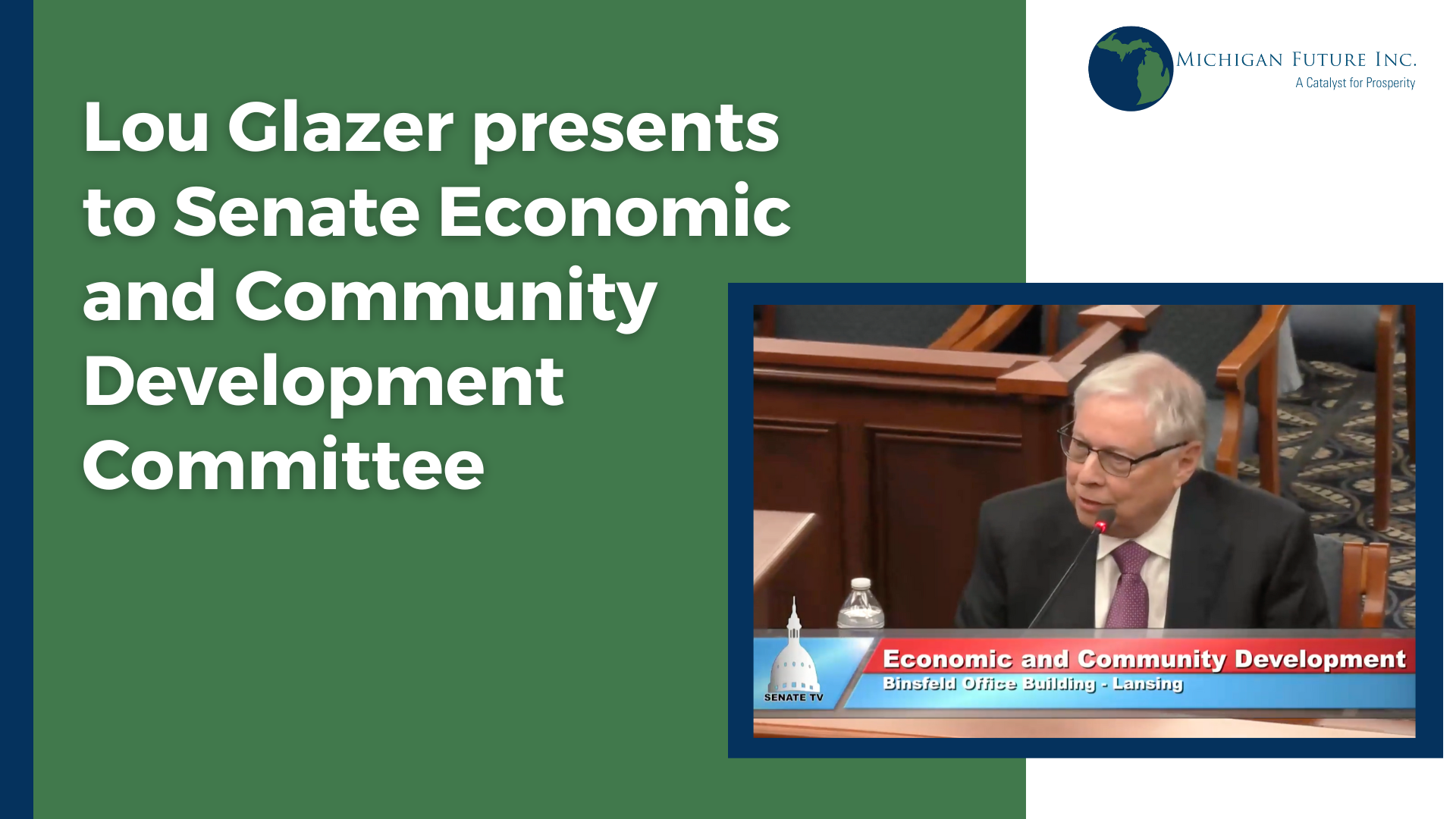Michigan’s February unemployment rate of 5.9 percent is the lowest it has been in more than a dozen years. Since it was also 5.9 percent in October, 2001. Good news indeed!
Unfortunately there the similarity in good economic news ends. Even with the same unemployment rate, Michiganders in 2015 are far behind where they were in 2001.
In 2001, just as Michigan’s decade of job losses was starting, Michigan was 21st in per capita and 26th in per capita income without government transfer payments. In 2013––last available data––the state has fallen to 37th in per capita income and 41st in per capita income without government transfer payments.
If Michigan were 21st in per capita income in 2013 every Michigander would have $6,400 more in annual income.
Even though the unemployment rate is the same, the number of Michiganders working is far smaller today than in 2001. In 2001 4.564 million MIchiganders had a job. Average employment for the first two months of 2015 in Michigan is 4.154 million. So more than 400,000 fewer Michiganders are working today than the last time the unemployment rate was below six percent.
In 2001 64.3 percent of Michiganders 16 and older had a job. In 2014 it was 56.1 percent. If the same proportion of working age Michiganders had a job today as in 2001 there would be 643,000 more Michiganders with a job today.
Michigan has recovered a bit from the depths of the Great Recession. In 2010 the proportion of those 16 and older with a job fell to 53.6 percent. Per capita income bottomed in 2009 with Michigan ranked 38th and 42nd in per capita income without government transfer payments.
But Michigan today––five years into a national recovery and even stronger auto industry recovery––is still structurally a state with low personal income and low working age population employment rates.






